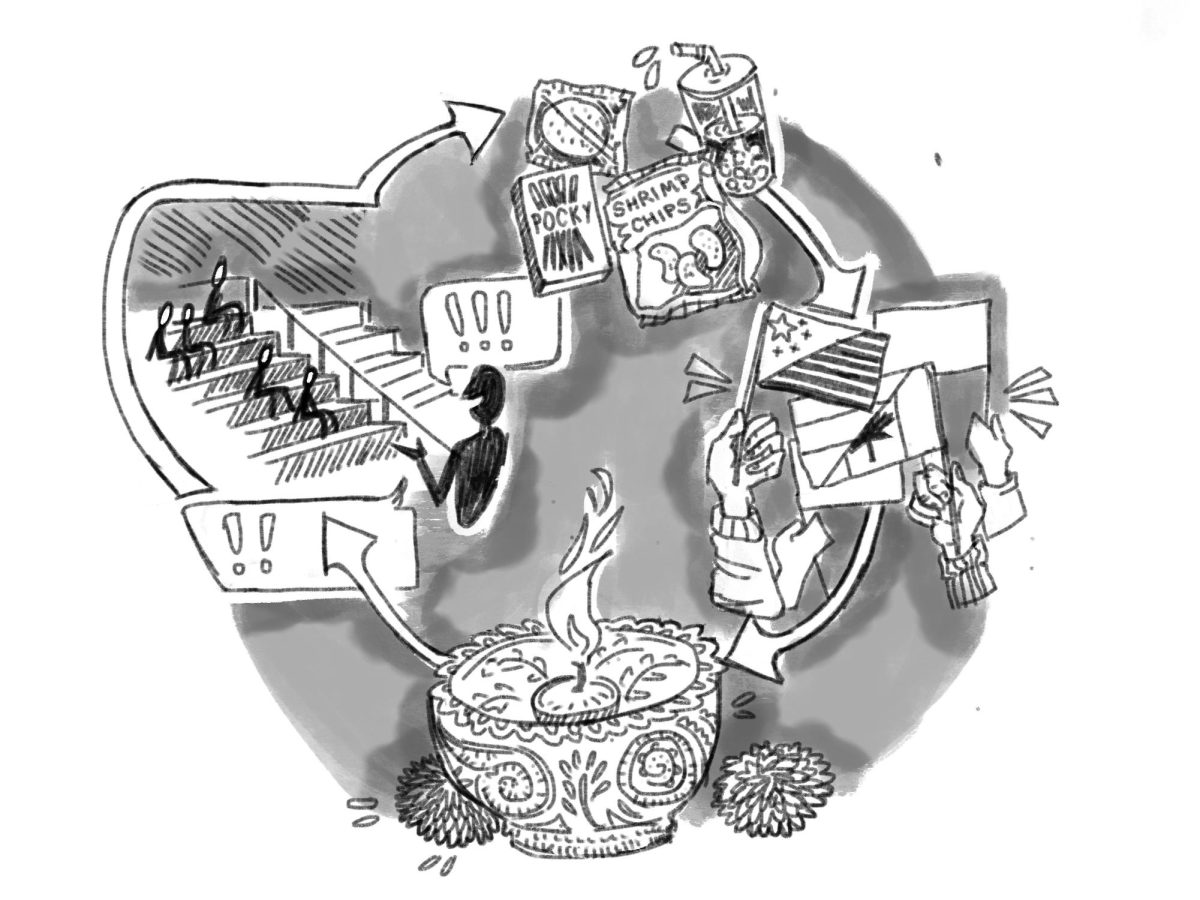Click here to learn more about the 3D selfie, space mining, Facebook’s Safety Check, immersive virtual reality, and more. Creative Commons image from NASA.
Lauren Yang | News Editor

1. 3D selfie
The selfie craze is far from dying down, thanks to a new app called 3DSelfie, created by the company Dacuda. 3DSelfie aims to utilize 3D mobile scanning technology to create a multidimensional image of the user’s face. Dacuda is part of the first generation of 3D mobile sensing technology, as the company has not only developed a 3D selfie software but also other 3D sensing technologies. Read more about Dacuda’s technology here.

2. Congress passes space mining bills
A new bill was recently passed in Congress that would allow space mining companies to legally own the resources they take from asteroids. The fate of the bill is now in President Obama’s hands as he can either sign it into law or reject it with a veto. This bill has brought into question whether the US even has the right to grant property rights to resources from outer space, have been questioned. Read more about this bill here.
Facebook released the video above to explain the purpose of its Safety Check feature. Video from Facebook.
3. Facebook implements safety features
Facebook implemented a feature called Safety Check during the attacks in Paris this past weekend to allow users to conveniently check if their friends and families are safe. According to Facebook’s report, 360 million people were notified that their friends and families were safe and 4.1 million people marked themselves safe after the Paris attacks. Although a lesser known feature, Safety Check is a vital tool that gives the user the comfort of knowing friends and family are safe. Read more about it here.

4. Virtual Reality takes a step toward actual reality
Researchers from the Hasso Plattner Institute in Germany developed a prototype called Impacto that delivers haptic feedback to be used in combination with virtual reality. Impacto consists of electrical muscle stimulation and taps and vibrations to simulate physical impacts. After users tested the prototype while playing a boxing virtual reality game, the researchers are confident that the added haptic feedback only enhances the experience. Read more about this here.
The above video will describe the features and perks that come with living in a smart and connected home. Video from Intel Newsroom.
5. Intel Constructs Internet of Things House
The “Internet of Things” is a technology trend that allows devices to communicate with each other, delivering a smarter user experience. Intel has furnished a home with numerous connected devices to illustrate just how convenient an “Internet of Things” house can be. The house features a facial recognition camera, voice activated commands, and more to illustrate what a house of the near future might look like.








